Big companies are fond of saying that they are only as good as their employees, but it’s rare that one man can make as big a difference as Max Reisböck did at BMW in the mid-1980s.
This, though, is a story of one man’s endeavour swaying both the path of a corporate giant and the automotive landscape.
Launched in 1982, the second-generation, E30 3 Series was always destined to adopt more bodystyles than its predecessor, but there were no plans for an estate to join the line-up. Quite simply, estates – especially compact ones – weren’t considered to be either premium or in demand.
No matter. Reisböck, a BMW prototype engineer in Munich by trade, had a growing problem that he needed to address. Back in 1984, he was married with two young children and foresaw a difficult future when it came to taking the family and their assorted bikes, trikes and baggage on a drive.
“My motivation was to build a car with a bigger boot, pure and simple,” he says. “There was no Touring, and other vehicles were too small. There was a four-door 3 Series, so in my head the project looked pretty simple. I just needed to spend some time and money and start from the C-pillars.”
His solution was to buy a well-used 323i saloon, move it into a friend’s workshop and set about it with only his imagination to hold him back. In fact, Reisböck didn’t even bother drawing up blueprints – and it was all done in his own time, with his own tools and with no factory involvement.
“There were no notes – just what was in my head,” he says, smiling. “Before I bought the car, I walked around for four or five months playing with what was possible in my head, and then I had to adapt and adjust those plans as I went along. I had an agreed budget with my wife – 30,000DM [about £7000 today] – and so I knew I could not create anything new. I had to use what was available.”
The work took about six months, and by the end of the build, Reisböck had moved the C-pillars back to the corners of the car and taken pre-cast bodywork to fabricate the additional length of the roof panel and new rear door frames. The rear side windows were trimmed from Plexiglas and the car was given a fresh coat of paint. The rear windscreen, though, was more of an issue.
“It was law that a rear windscreen had to be certified, but I couldn’t find anything that was the right size or shape,” says Reisböck. “Then one day there was a big football match at the Olympic Stadium here in Munich. While everyone else went in, I went to the car park and measured all the screens. It turned out the Volkswagen Passat had exactly what I needed.”

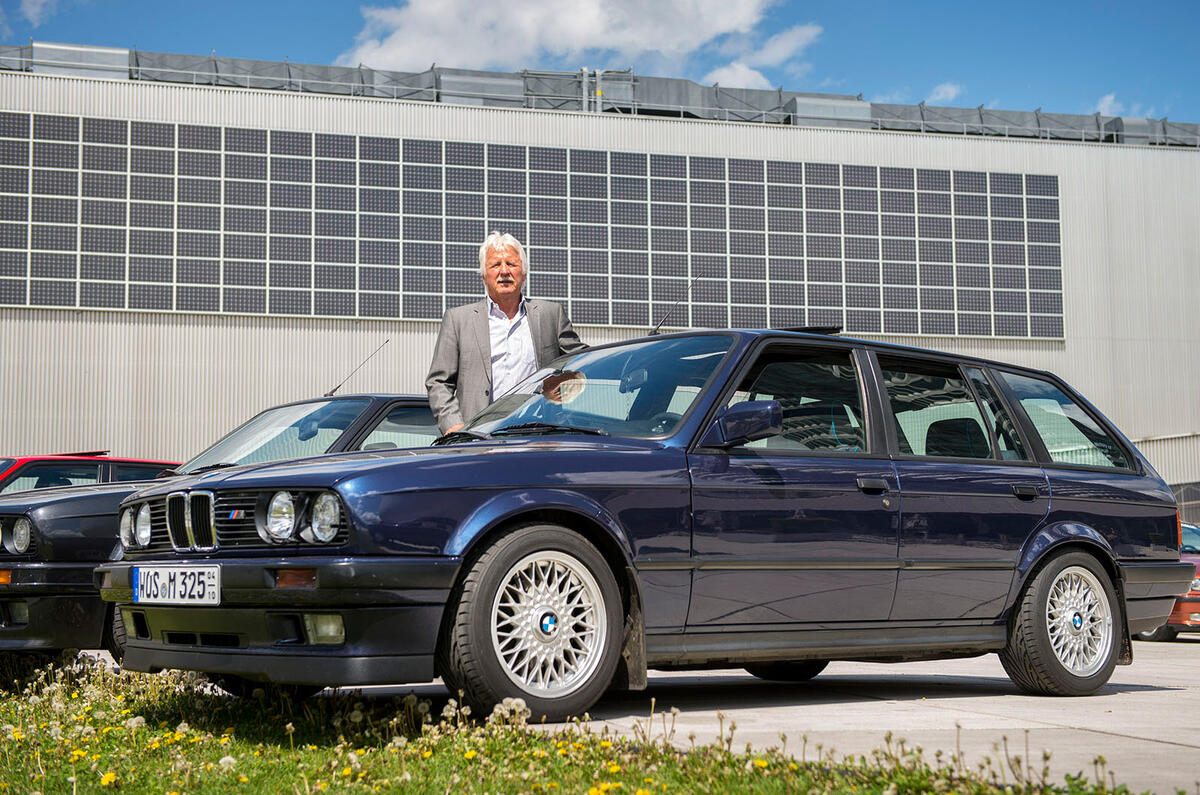
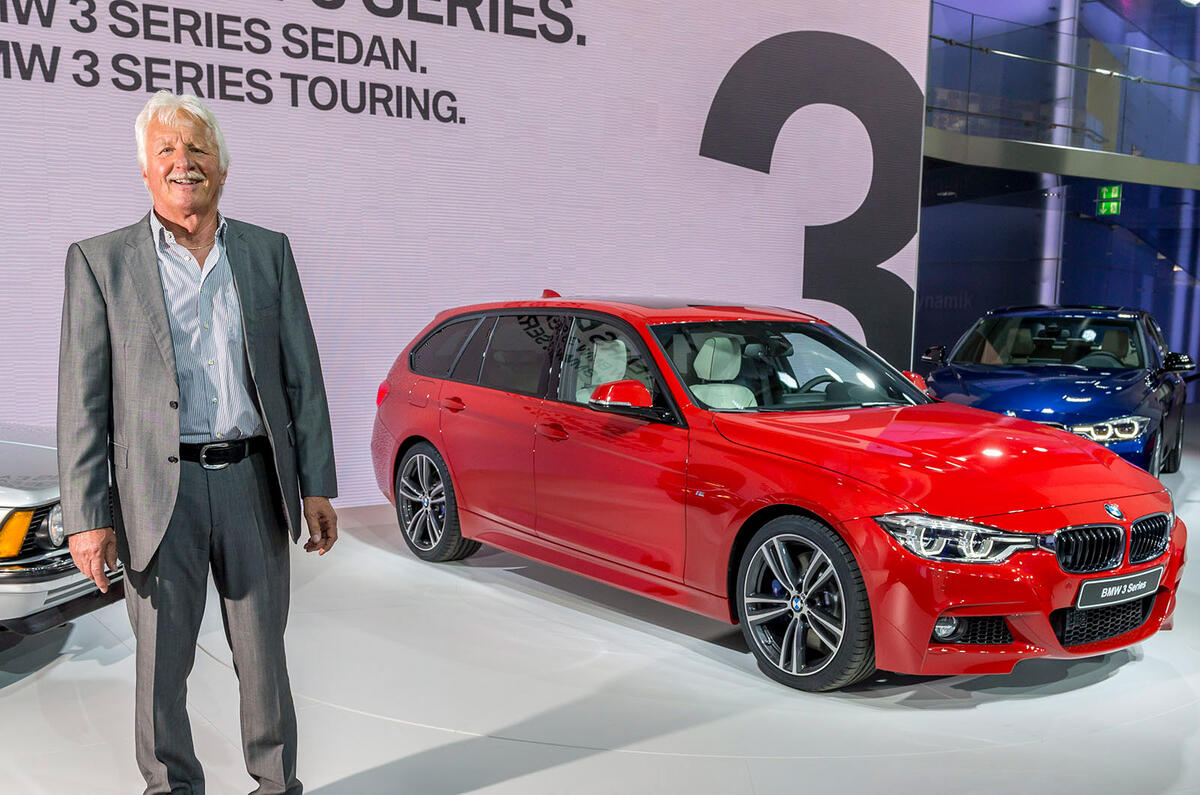
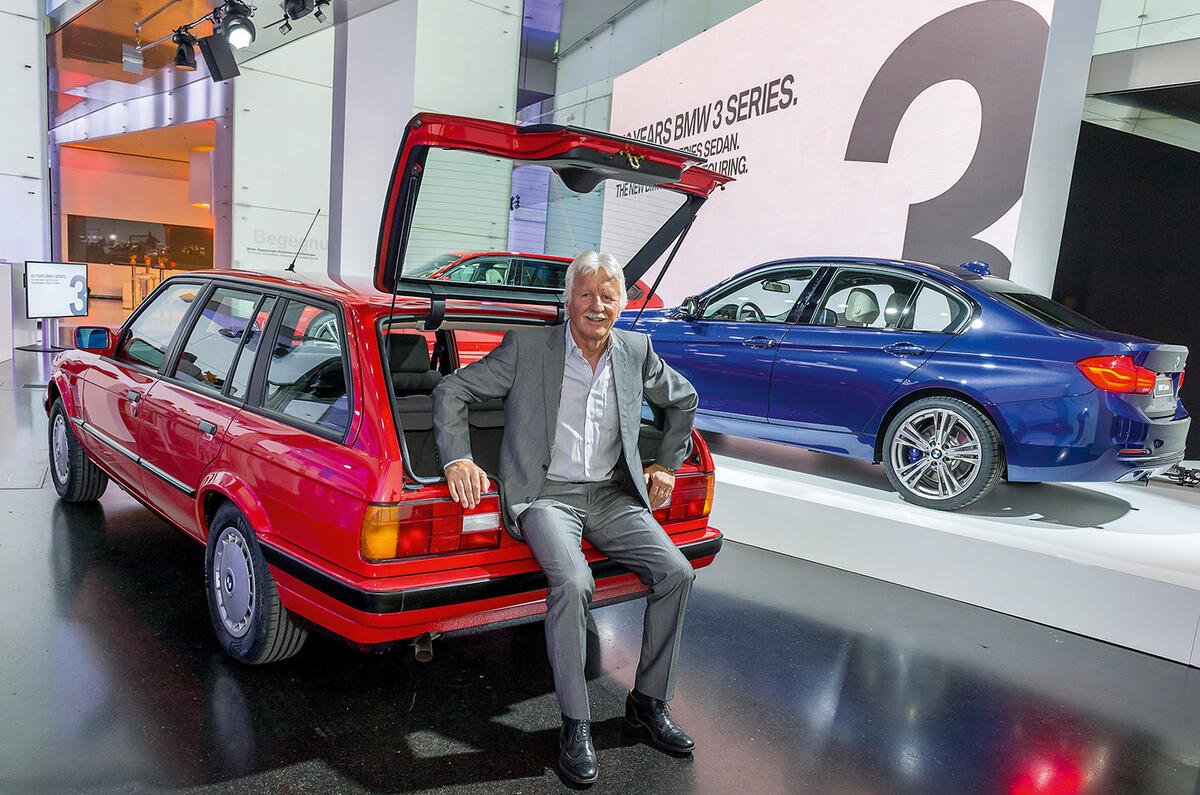
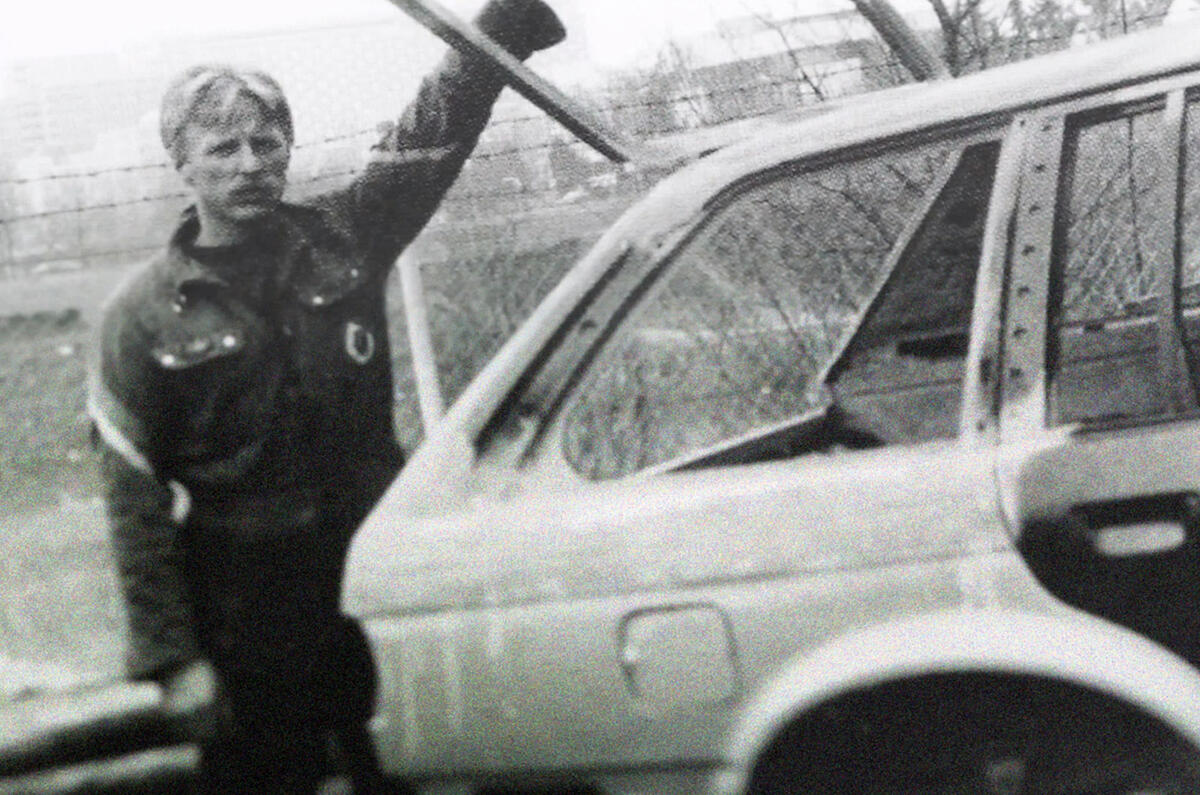
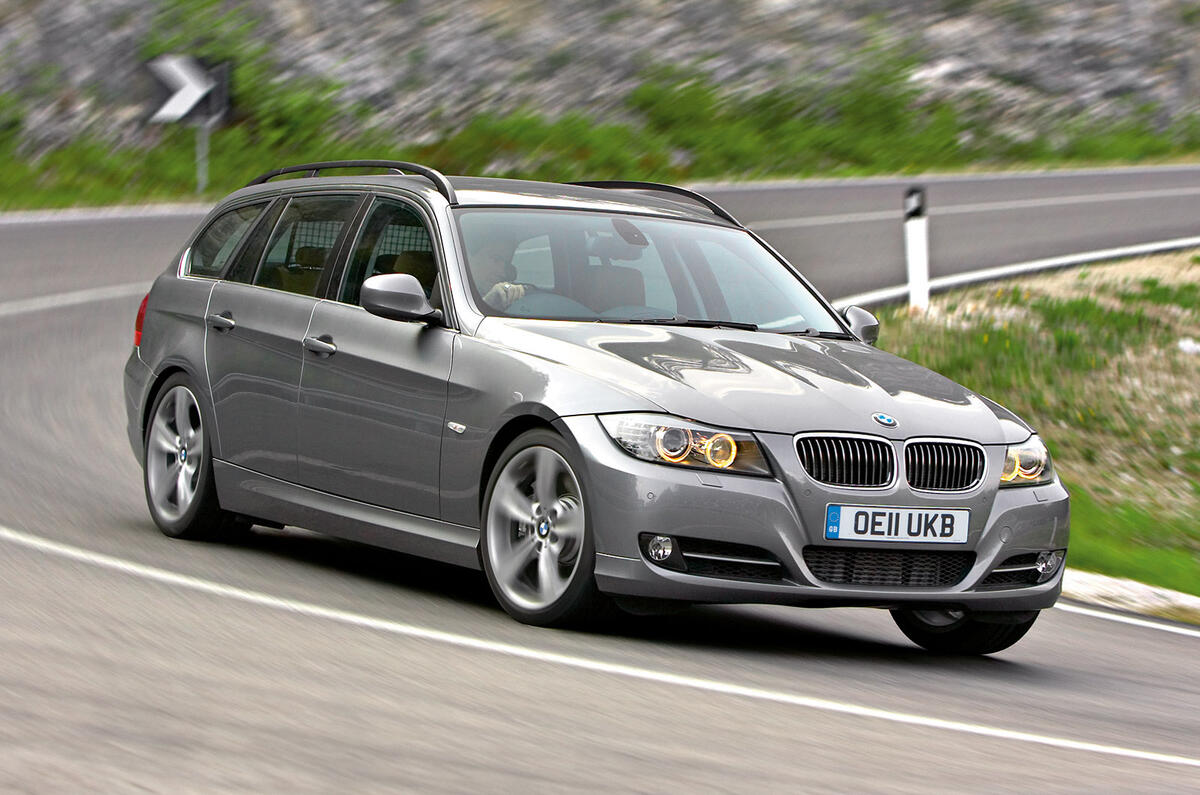
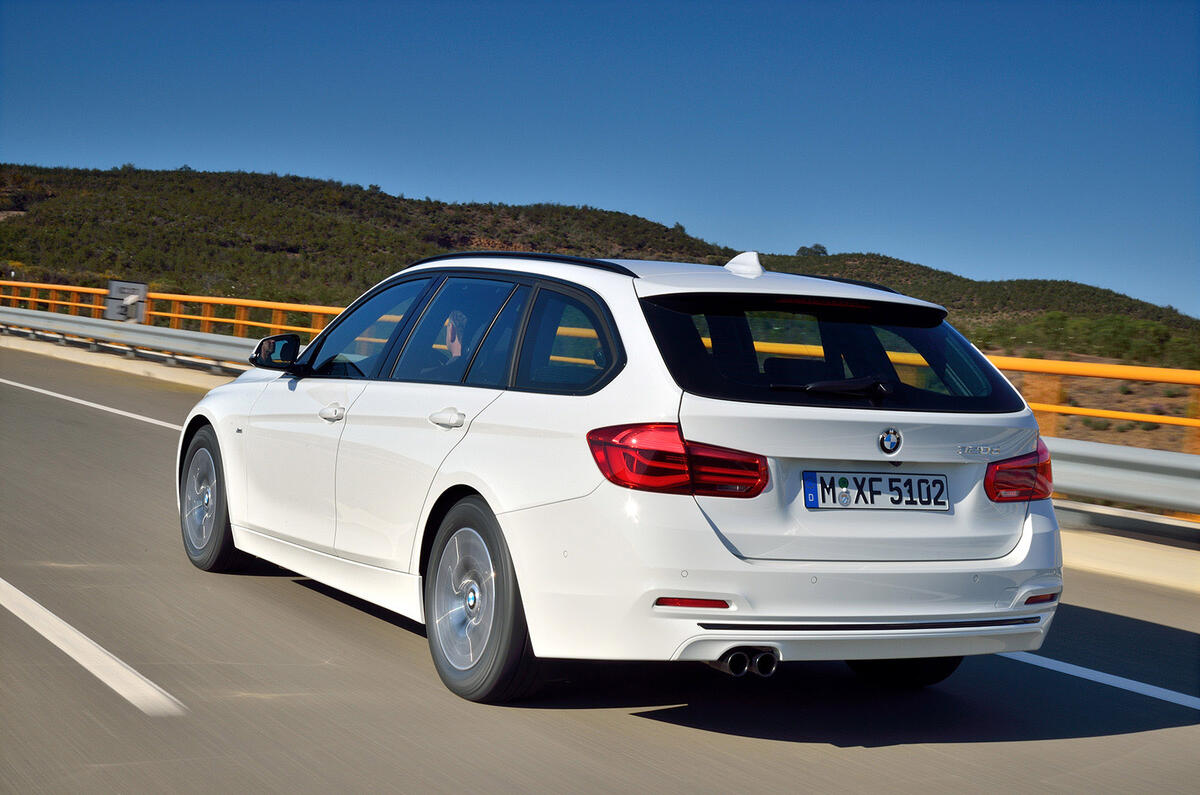
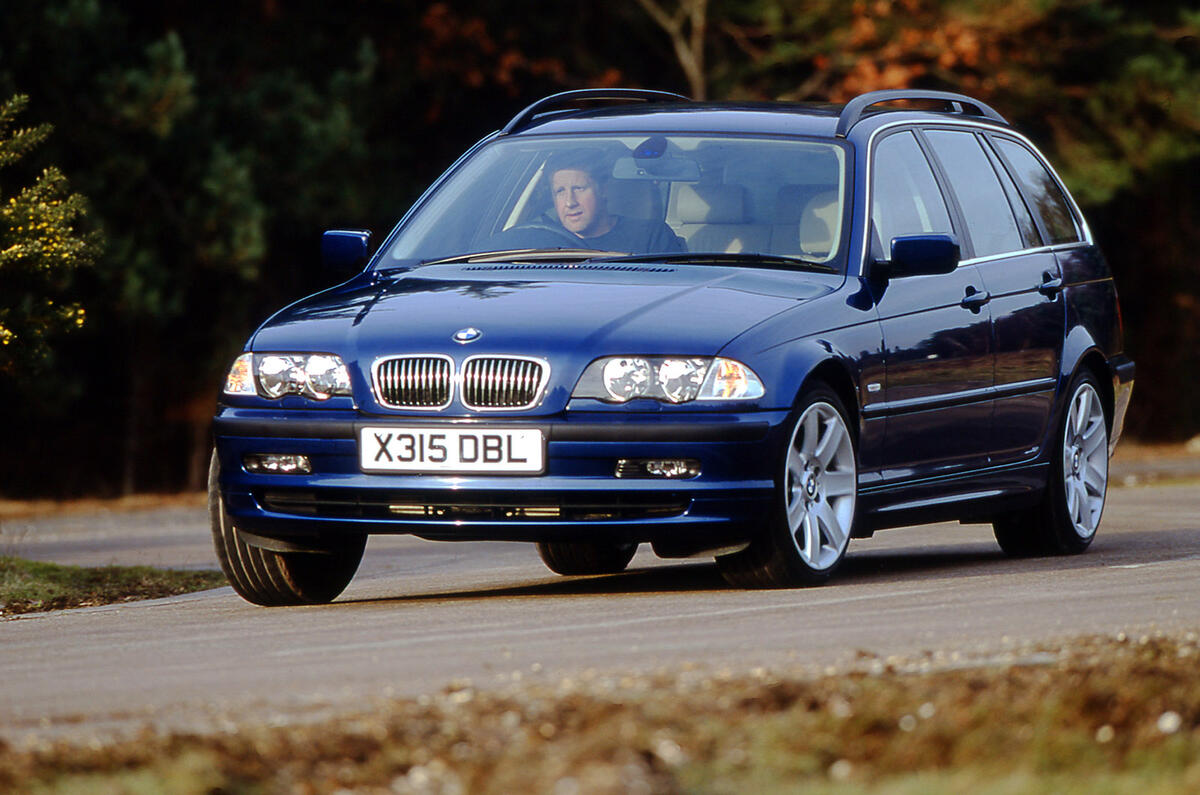
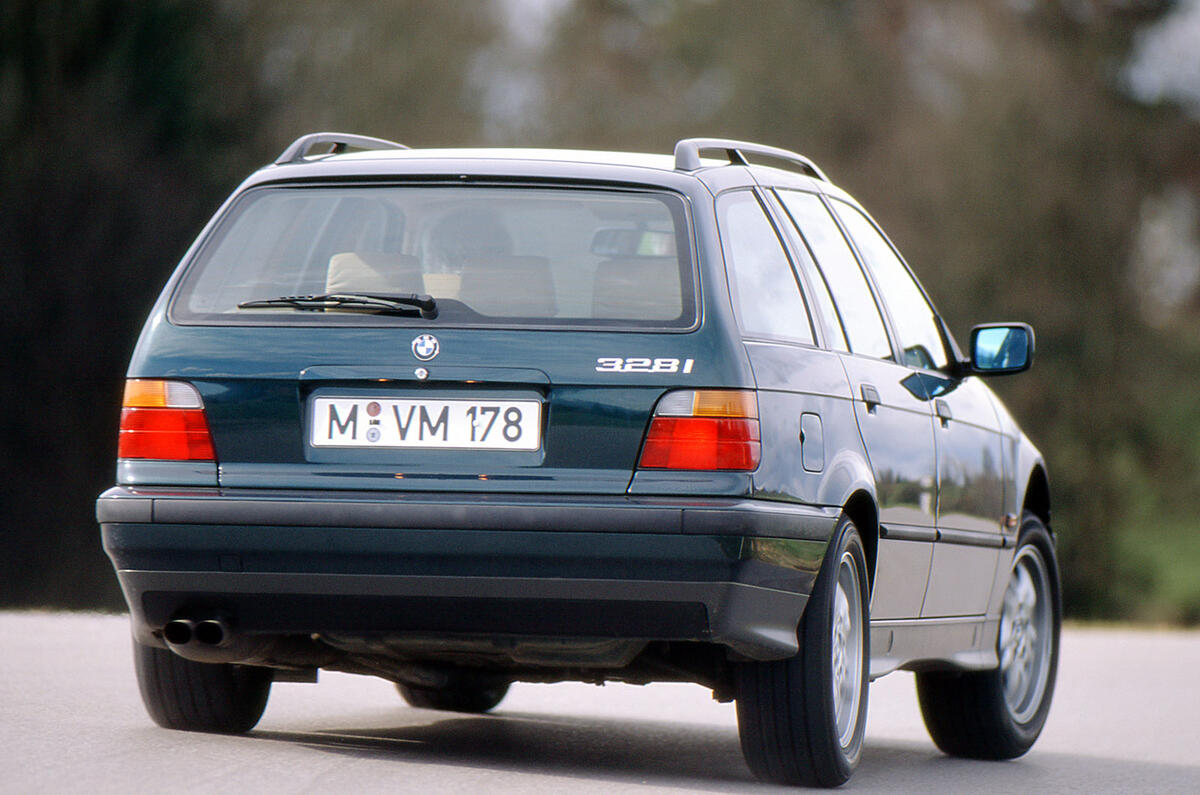
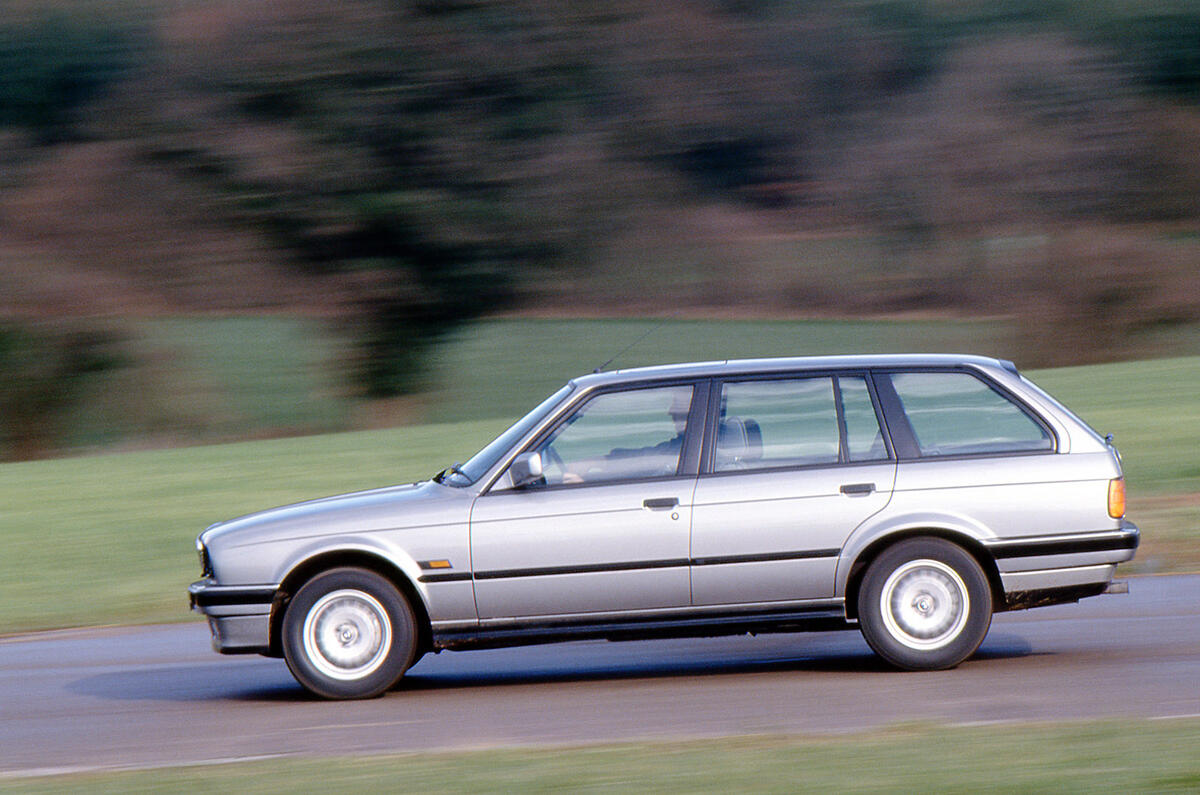
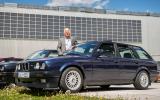
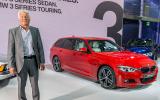
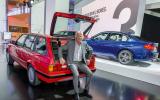
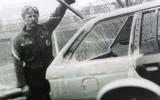


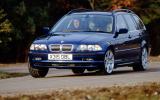
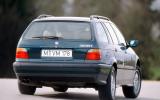
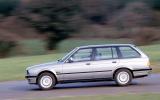


Join the debate
Add your comment
The E30 (3 series) Touring,
Lightning strikes twice!
I can't believe they waited until the last one off the line - he should have had the first!
Such generosity...
beechie wrote: ...couldn't
The 323i was a 6cyl back then. Even the 320i was. Those were the days!
@ beechie
The E30 Touring was never built with the 323i engine though.